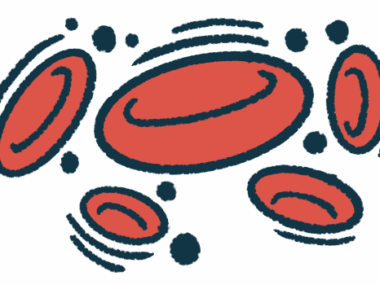How to Deal With Raynaud’s Phenomenon When You Have Cold Agglutinin Disease
Written by |

Cold agglutinin disease (CAD) is a rare autoimmune disease in which the immune system makes antibodies that mistakenly attack red blood cells in cold temperatures. The disease is characterized by anemia and other symptoms, including Raynaud’s phenomenon.
What is Raynaud’s phenomenon?
Raynaud’s phenomenon is when the small blood vessels of the hands and feet constrict in cold temperatures, restricting blood flow. The hands or feet may blanch or turn purple in distinct patterns. This can leave them feeling cold and numb, or “pins-and-needles” tingly.
How do doctors treat it?
In the case of Raynaud’s phenomenon associated with secondary CAD, treating the infection should eliminate both CAD and Raynaud’s. (An underlying illness like, for example, an infection may cause secondary CAD).
However, primary CAD can also cause Raynaud’s phenomenon. In these cases, the best way to manage it is to avoid exposure to cold. If you have Raynaud’s phenomenon, wear warm clothing in layers during cold weather, and warm up slowly after being exposed to cold to prevent tissue damage.
Improving circulation is important to prevent and treat Raynaud’s phenomenon. Talk to your doctor about lifestyle changes, such as exercise and diet, that can improve circulation and reduce the symptoms of Raynaud’s.
Finally, blood pressure medications can dilate (open up) blood vessels. In severe cases, your doctor may prescribe these medications (such as nifedipine and amlodipine, for example) to treat Raynaud’s phenomenon. However, these drugs may come with side effects, such as skin flushing, headaches, or dizziness.
Last updated: May 27, 2020
***
Cold Agglutinin Disease News is strictly a news and information website about the disease. It does not provide medical advice, diagnosis, or treatment. This content is not intended to be a substitute for professional medical advice, diagnosis, or treatment. Always seek the advice of your physician or other qualified health provider with any questions you may have regarding a medical condition. Never disregard professional medical advice or delay in seeking it because of something you have read on this website.





